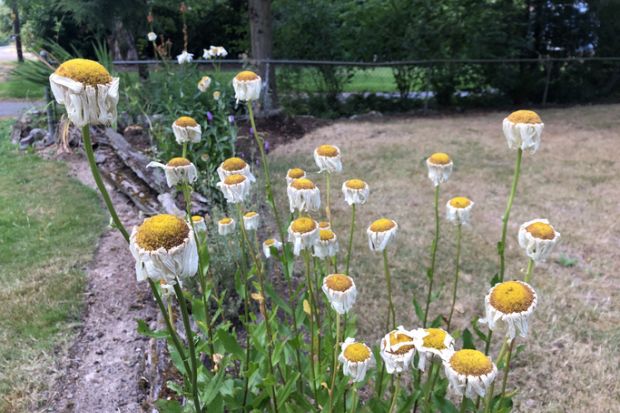Australian students and universities were already shying away from humanities courses before the federal government launched funding reforms designed to shepherd people into areas considered more job-related, data suggest.
A new report shows that creative arts experienced the largest decline in interest from prospective students hoping to start degrees this year, attracting 6 per cent fewer applications than a year previously.
Management and commerce courses earned 5 per cent fewer applications. The two areas were the only broad fields in which universities reduced course opportunities, with 6 per cent fewer places offered in management and commerce and 5 per cent fewer in creative arts.
The figures come from the latest Undergraduate Applications, Offers and Acceptances report, which analyses university admissions data for semester one this year. The data were collated in mid-May, a month before the government announced its intention to overhaul funding arrangements to encourage study in areas such as science, health, architecture, computing and engineering, and to steer students away from humanities, commerce and law.
Education minister Dan Tehan said the data came from “another time”, but the Covid-induced recession would lead to more Australians applying for university in 2021. “Our reforms will make it cheaper to study in areas of expected job growth, and the report shows growth in applications was strongest for vocationally oriented courses,” he said.
The strongest surge in interest was for agriculture and environmental degrees, with applications rising by 11 per cent and offers by 14 per cent. But agriculture and environment is easily the smallest of the broad fields, attracting about 1 per cent of applications overall. The upsurge in interest follows years of decline, with applications for these courses down 9 per cent in the past decade compared with an 11 per cent rise across all fields.
Information technology – also a relatively small field, attracting about 3 per cent of students – was the other big growth area, with applications and offers of places both rising by 10 per cent.
Universities also reacted positively to modestly rising interest in engineering, architecture and building courses, with applications increasing by about 1 per cent but offers up 5 per cent. Conversely, courses in the natural and physical sciences attracted 3 per cent more applications but 1 per cent more offers.
The report suggests that Australians were becoming more interested in higher education before the pandemic hit, with applications rebounding slightly from two years of decline. But universities were slightly less likely to offer places to individual applicants, and would-be students were slightly less inclined to accept them – suggesting increased caution on both sides.
The analysis largely excludes data from Queensland, where a historical change in schooling ages led to an unusually small cohort of high school leavers last year.
Times Higher Education understands that interest in humanities has continued to slide this year, as Australians weigh up their study options for 2021, but it is debatable whether this is a consequence of the government’s reforms or broader economic conditions.
Studies suggest that during recessions, students gravitate to fields of study with clear career pathways such as nursing, engineering, accounting and information technology.




